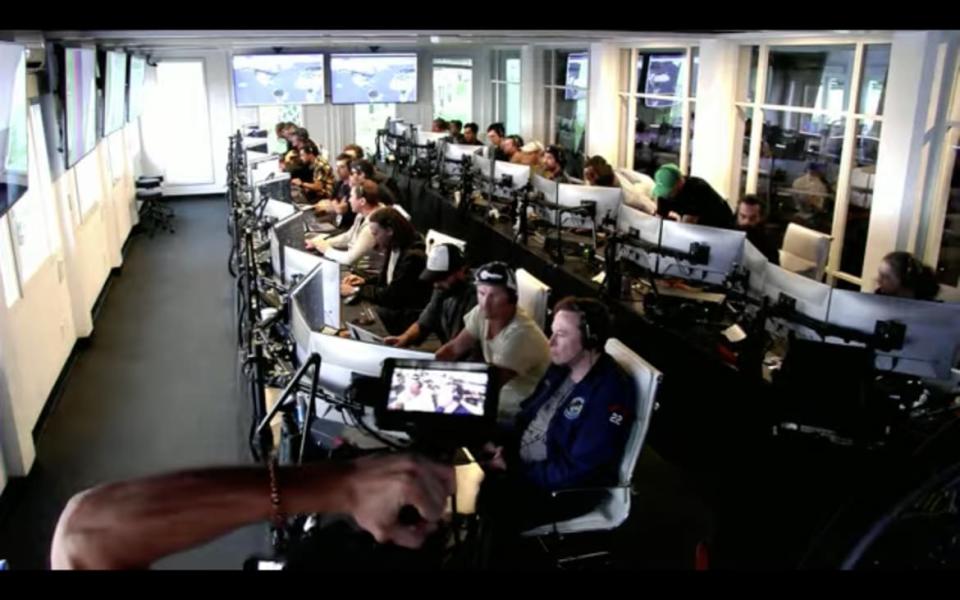SpaceX’s Starship Explodes in Fireball Soon After Launch

We have liftoff—kind of.
SpaceX’s Starship rocket successfully launched from the company’s launch site in Boca Chica Village, Texas on Thursday morning. The two-stage rocket successfully fired its first stage, climbing roughly 24 miles into the air before falling back down to Earth and exploding in a ball of expensive fire.
“Starship just experienced what we call a rapid unscheduled disassembly,” John Insprucker, SpaceX’s principal integration engineer, said in the company’s live broadcast of the test flight.
The issues occurred after Starship failed to separate from its Super Heavy booster after it completed its climb. As the rocket careened and flipped through the air, Insprucker noted that it did “not appear to be a nominal situation.” A few seconds later, Starship exploded.
FTS abort. Well done Booster 7 (and Ship 24)! That was still a big win. Launch site is fine and got a lot of first stage data!
Next up, Booster 9!https://t.co/npUj2AHByW pic.twitter.com/KRxBwsLlKq— Chris Bergin - NSF (@NASASpaceflight) April 20, 2023
The exact cause of the explosion is unclear. However, some experts suspect that it was the automated flight termination system, which is essentially a self-destruct mode that’s triggered based on a multitude of parameters indicating the mission has gone awry.
Despite the explosion, the company and aerospace experts at large are hailing the launch a success. This particular take off allows SpaceX to gather more data about their first-stage and, hopefully, what went wrong with separation.
“With a test like this, success comes from what we learn, and today’s test will help us improve Starship’s reliability as SpaceX seeks to make life multi-planetary,” the company said in a tweet.
Musk, who also called for 4/20 as the day to purge legacy bluechecks on Twitter, did not appear thrilled by the outcome.

Starship is the largest rocket ever built and stands at nearly 400 feet—taller than the Statue of Liberty. The rocket consists of a lower-stage Super Heavy booster using 33 Raptor engines, and the second-stage Starship craft where astronauts and cargo will be seated during future missions. Both stages are reusable like SpaceX's smaller Falcon 9 booster that are regularly used to send satellites into orbit.
However, this first flight test was designed to be disposable. Starship was intended to fly nearly a full orbit of Earth before splashing down in the Pacific Ocean. Of course, that didn’t happen with both stages exploding over the Gulf of Mexico.
Musk is hailing the launch as a victory—even if his expression suggests otherwise. He even hinted at a future launch to occur within the near future. “Congrats @SpaceX team on an exciting test launch of Starship!” he wrote on Twitter. “Learned a lot for next test launch in a few months.”
Got a tip? Send it to The Daily Beast here
Get the Daily Beast's biggest scoops and scandals delivered right to your inbox. Sign up now.
Stay informed and gain unlimited access to the Daily Beast's unmatched reporting. Subscribe now.

